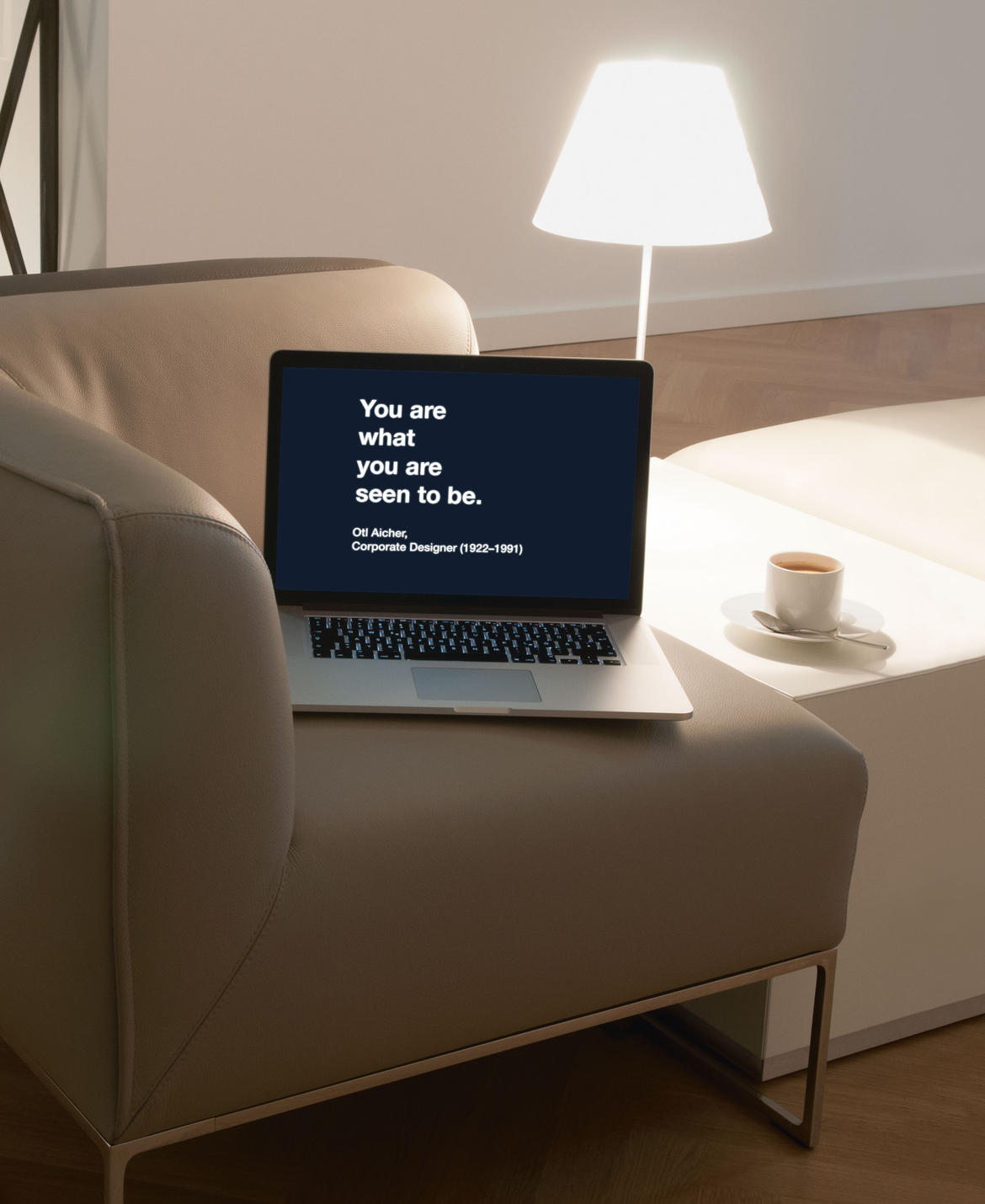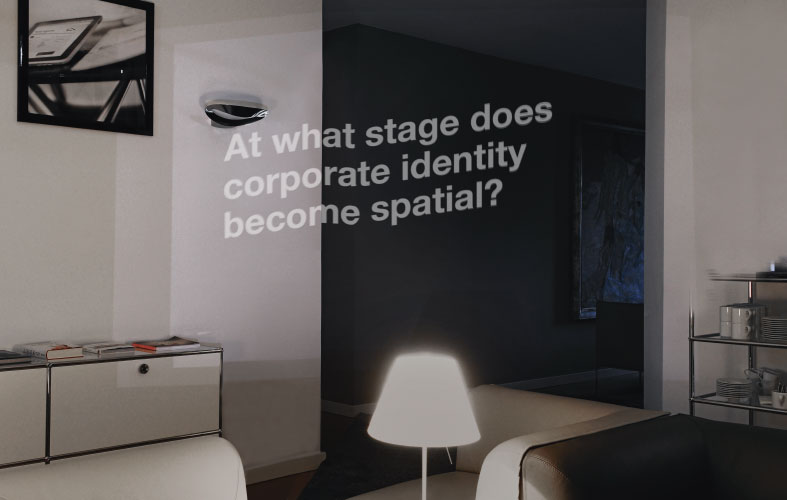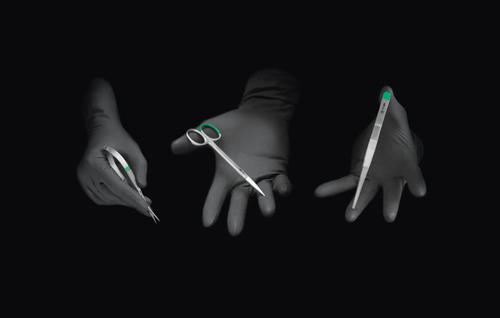Stefan Baggen,
Managing Director, BaggenDesign GmbH
A visit to L&R’s college instantly impresses upon visitors the meaning and symbolism of the company’s brand. On entering the building, the first thing to meet the eye is the three-dimensional wall art depicting the company’s brand values. Next, your eyes will fall on the green umbrellas waiting to be used inside the umbrella holder. A perfectly simple way to communicate the company’s values in practice and theory. That said, it goes without saying that the core of a brand has to be defined very clearly and articulated in a very succinct way. And furthermore, it is only when these values are actually lived that they can be deemed a success. On rainy days, they are simply umbrellas that help you stay dry on the short walk from L&R’s headquarters to the college through the impressive park. This is what pragmatic problem-solving looks like in action – a core claim that L&R pursues in particular with respect to its medical challenges.
The modernised and restored college building likewise has been designed in order to make life easier. This is where L&R delivers its training courses, holds internal meetings, receives customers and presents its products. A special setting and an environment with added appeal provides the perfect conditions for holding effective talks and meetings. The effects of the building’s company-oriented interior design are clear for all to see. Features such as materials, colours, special lighting and furniture trigger emotional responses that are largely unconscious. The fresh, modern and high-quality interior clearly conveys that the company values its employees, but also has a positive effect on customers and visitors as they attune to this perfectly designed environment. This also has the effect that these “feel good moments” are instantly associated with the company. Style and taste create a positive image.

The team working with architect Jens J. Ternes, Koblenz, Germany, has put a lot of passion into this project and has been highly successful in modernising this heritage-protected villa. Using a sustainable concept and innovative implementation methods, the building has been transformed from a 1912 to a modern building. Originally built as the retirement home of the founder of Henkel, a major Germany company, the building now offers sufficient space for holding over 500 seminars and events a year. It also features a number of practice rooms and an operating area, which are used for training courses and testing OR Set Systems.
The modernisation and renovation project, which took nearly a year to complete, is a resounding success and made the L&R College win a prize in both the Internal Branding and Industrial Branding Medical & Health categories of the German Brand Award 2017.
This also clearly demonstrates that corporate architecture pays dividends. Apart from having a direct impact on the working atmosphere and customer’s perception, a successfully implemented project will also generate a lot of media interest, which makes for effective PR. This in turn will generate positivity within the company and amongst employees – even if it’s raining and there is need for those umbrellas for walking to and from the new college.
Corporate architecture is a subcategory of corporate design, which itself is a subcategory of corporate identity, and is a discipline that focusses on using architecture to reflect a company’s philosophy. Wikipedia




